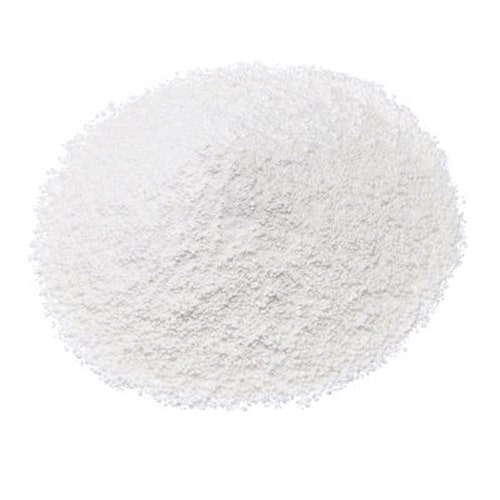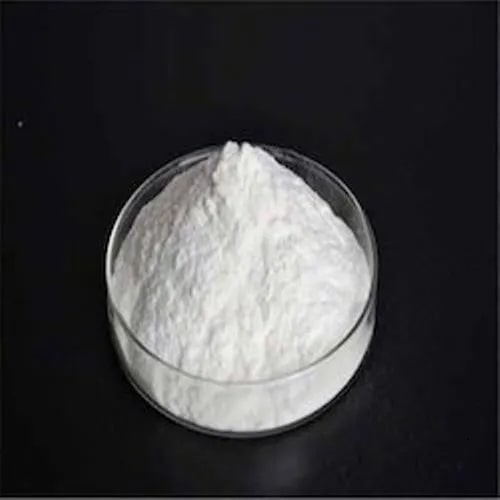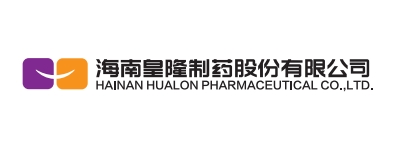The pharmaceutical industry is constantly coming up with new and innovative medicines to address unmet medical needs especially for diseases that have yet to be curable. In order for these medicines to reach the general population, they undergo a stringent regulatory process to ensure the safety, efficacy, and quality of the drug is met before making it out to the market. However, the drug regulatory timeline is a long and gruelling procedure that could take years. This can hinder the speed at which the drug reaches those patients who need it the most.
In mid-2015, it was reported that China had a backlog of 21,000 drug applications pending approval by the Center for Drug Evaluation at the National Medical Products Administration (NMPA) in China. This was up from 18,500 drug applications awaiting approval in 2014. To accelerate the drug regulatory review and approval process, Chinese authorities have introduced reforms to the drug regulatory process through the years. This will help keep pace with the rapid innovation in drug research and development. These changes in drug regulatory policies in China boosted a 70% decrease in the drug backlog in 2016 to 2021 compared to 2006 to 2010. In turn patient access to drugs improved especially those developed by international companies.
The Chinese drug market is known to be difficult to penetrate due to strict and long drawn regulatory processes. Some issues with drug market entry in China include; lagging behind in terms of quality between locally and internationally manufactured drugs, extremely long timelines for drug review and approval, and a large list of drugs waiting for approval. To address these challenges and allow for more patients to have access to affordable and quality drugs for treatment, the authorities in China have expressed great motivation to reform the drug regulatory process.
Major reforms and improvements to China’s drug review and approval process
Since 2015 when drug approval policies and process have begun its reform, China has seen improvements in both the speed and predictability of drug approvals over the past few years. Before this change, the Center for Drug Evaluation (CDE) will take a whopping 900 working days to review and approve a drug application. This duration has since been shortened to a drastic 300 working days in 2019. The increase in manpower at CDE is one factor that has contributed to this decrease in review and approval process. The CDE also hopes to further shorten the duration of reviewing and approval of drugs to 200 working days.
The CDE has also come up with a fast track option for drug review and approval for medicines with significant therapeutic value. This process includes; priority review and approval, breakthrough therapy designation, and conditional approval. Such drugs with significant clinical value can expect a quicker review and approval duration of 130 working days to even 70 working days. This reform has benefitted the market entry of a number of clinically important drugs to address key unmet medical needs. Spinraza is one such example, of a clinically valuable drug that was able to enter the market within 173 days and benefited from this reform. Manufactured by Biogen, the drug treats a rare disease known as spinal muscular atrophy.
To help with the predictability of the drugs that are going to be reviewed and approved, NMPA came up with a list of drugs known as the Catalogue of Urgently Needed Overseas Pharmaceuticals which includes drugs that are not sufficiently available in China.
Establishing the list will involve the review by the NMPA, National Health Commission (NHC) and industry experts. The pharmaceuticals eligible for the list will undergo a special process and the CDE creates a special pathway to fast-track the technical review. Pharmaceutical companies looking to make use of this new fast track option must demonstrate that their products have been marketed in the US, EU or Japan in the previous ten years but have not yet been approved in China. The drug must also meet one of the following criteria; able to treat rare diseases, able to treat or prevent serious or life-threatening diseases that currently have no effective preventive treatment, able to treat or prevent serious or life-threatening diseases and have a clear clinical advantage over existing treatments.
To allow for international companies to have their drugs enter the Chinese market the NMPA has also declared that clinical trial results that are from non-Chinese populations can be accepted through multi-regional clinical trials. This will help close up the lag between local Chinese and international markets in terms of drug approvals.
Accessing the profound impact these reforms will have on drug entry to the China market will take time. Despite this being so since the start of the reforms, improvements can be seen in the drug regulatory landscape and the number of drug approvals have been increasing through the years.
About the Author
Deborah Seah, Science Writer
Deborah Seah is a contributing writer for a column on PharmaSources.com, Discovering Biotechnology. The column explores innovative technologies in the world of biotech and evaluates its impact on our future. She is also an editor for a monthly science and technology magazine, Asia-Pacific Biotech News.
Prior to her career in writing she worked as a research associate at a plant genetics laboratory of a multinational agriculture company. Following that she also had experience in a medical diagnostics start-up as a medical technologist.





 ALL
ALL Pharma in China
Pharma in China Pharma Experts
Pharma Experts Market News
Market News Products Guide
Products Guide Brand Story
Brand Story


















![3H-3-Azadibenzo[g,ij]naphth[2,1,8-cde]azulene](https://eimg.pharmasources.com/image/product/20250110/afdf37c8d776a1ff03c968cfad7dd412gif)

![3H-3-Azadibenzo[g,ij]naphth[2,1,8-cde]azulene](https://eimg.pharmasources.com/image/product/20240712/8f47bafb7a815036167b629542b50505jpg)
![3H-3-Azadibenzo[g,ij]naphth[2,1,8-cde]azulene, 3-[2-(4,6-diphenyl-1,3,5-triazin-2-yl)phenyl]-](https://eimg.pharmasources.com/image/product/20250110/3dccfb255c8a65e96463a6a5cdc0b769gif)





 Pharma Sources Insight January 2025
Pharma Sources Insight January 2025








